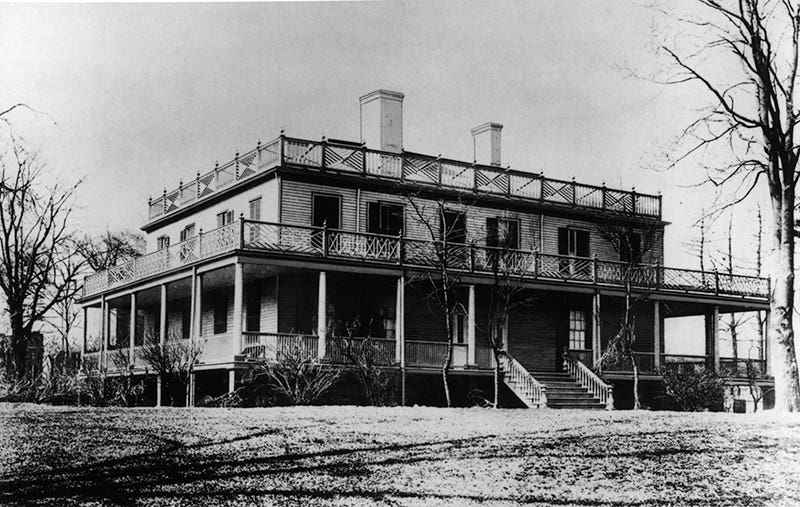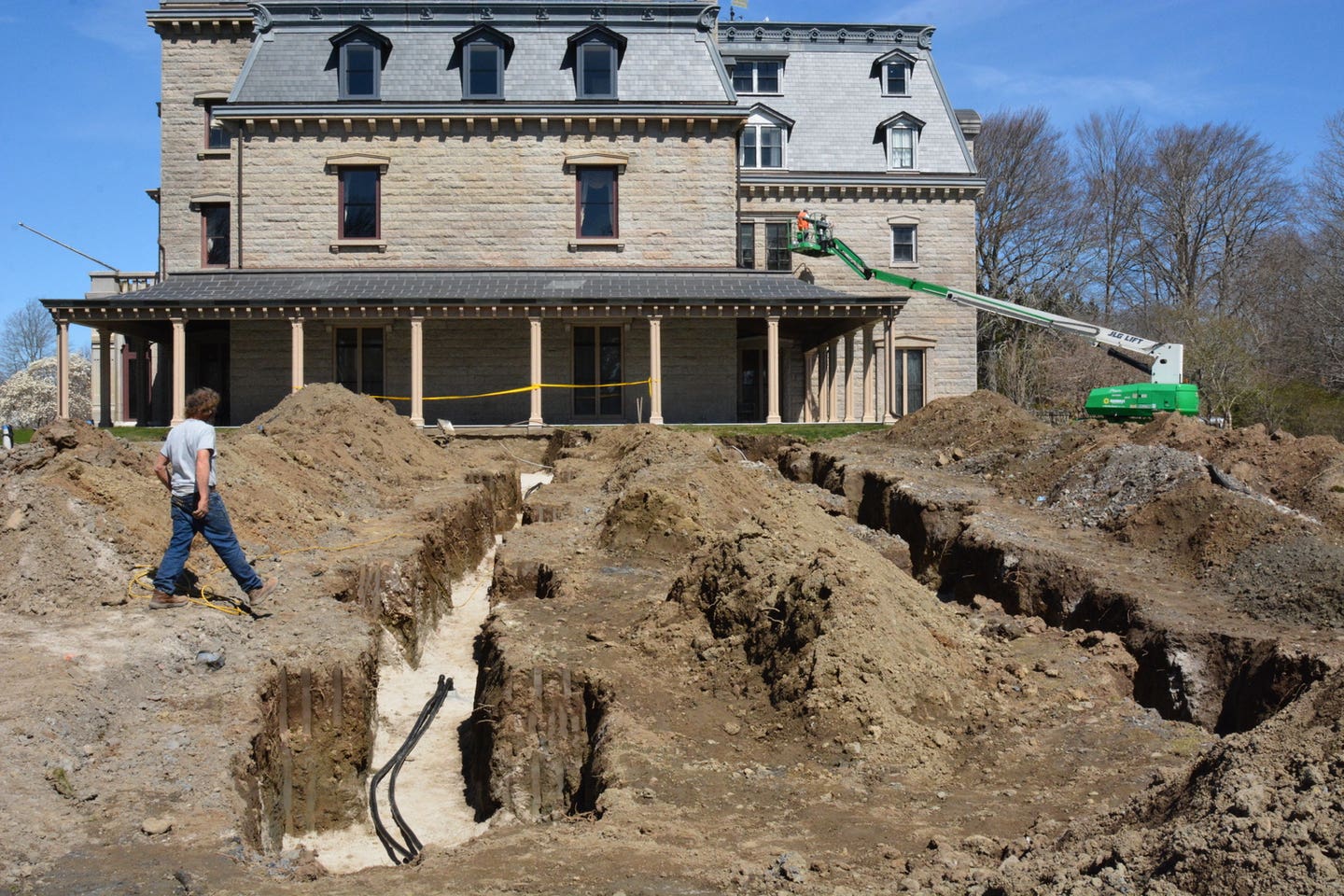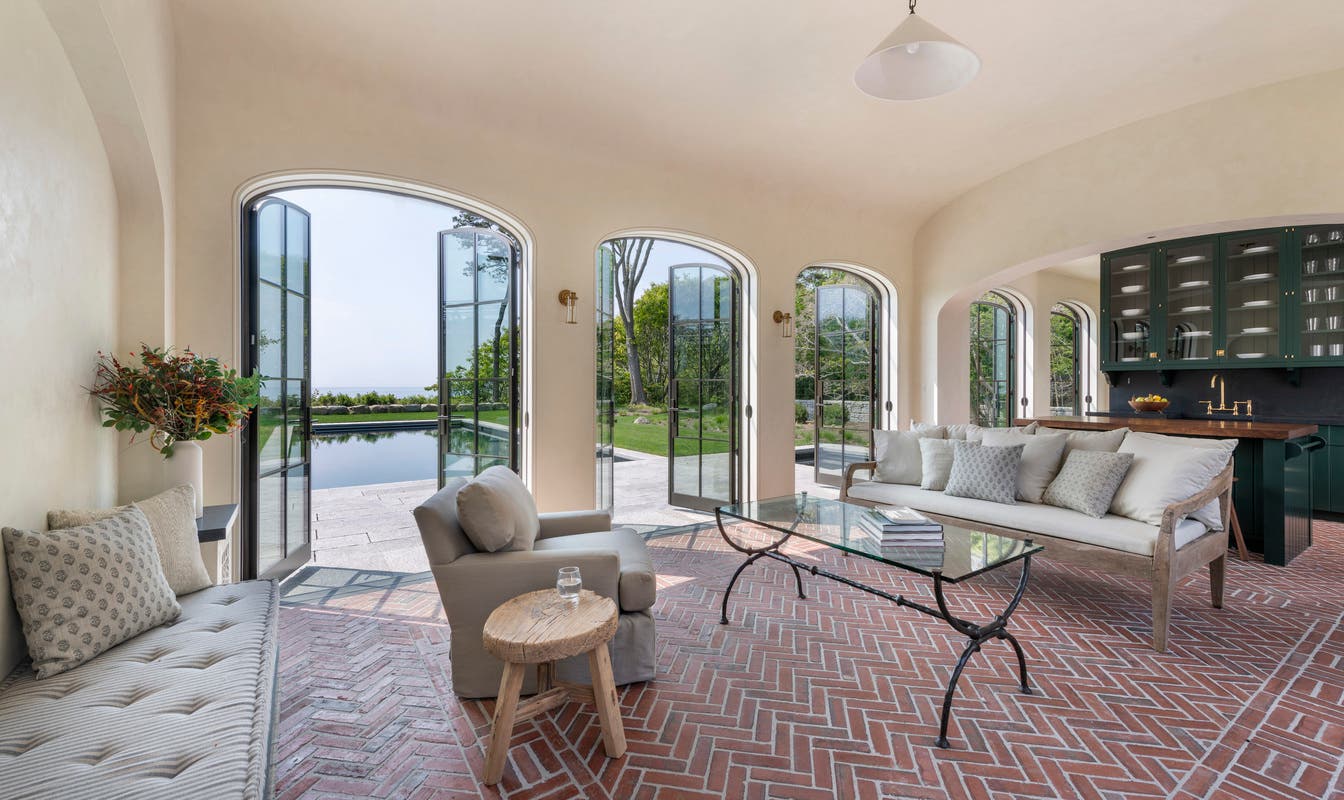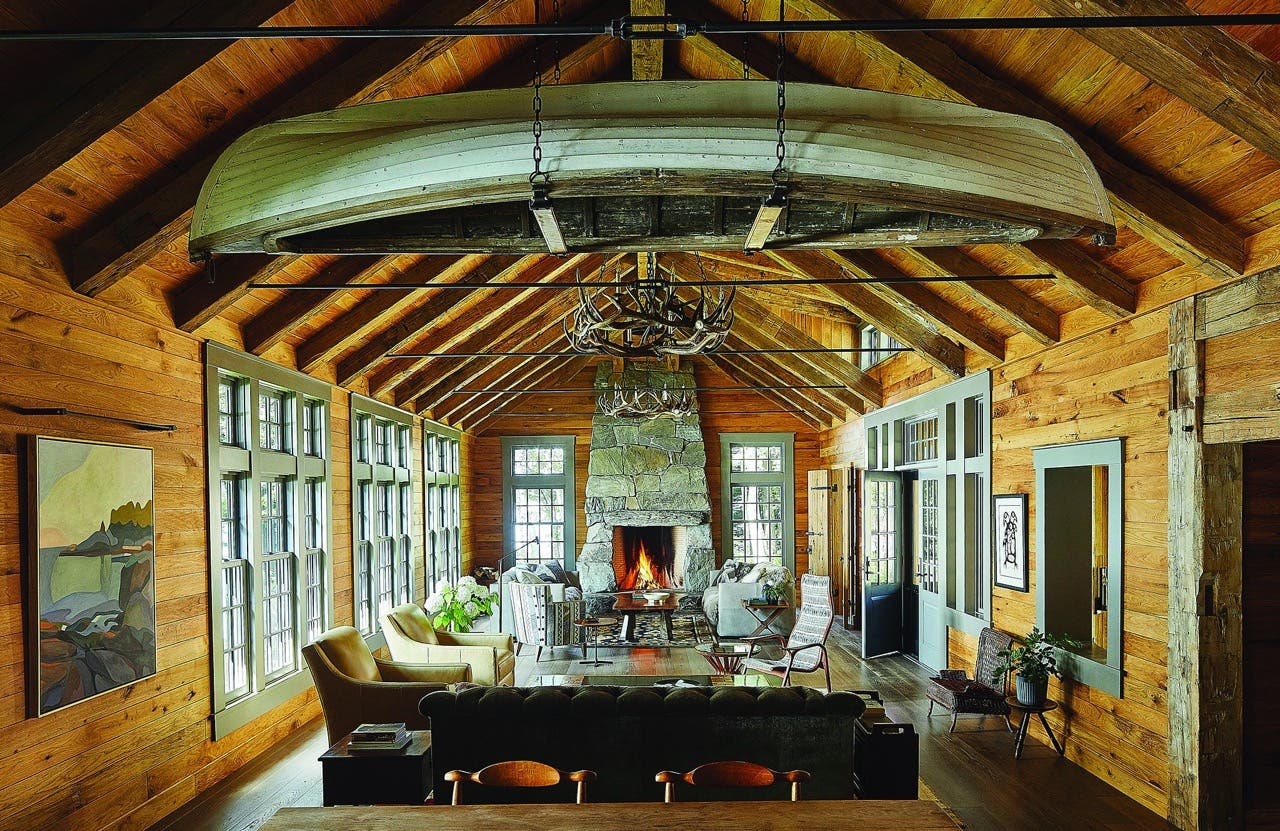
Features
Gracie Mansion: A Celebration of New York City’s Mayoral Residence
As an Amazon Associate, we earn from qualifying purchases made through affiliate links.
Gracie Mansion: A Celebration of New York City's Mayoral Residence, by Ellen Stern
Rizzoli International Publications, New York, NY; 2005
208 pp.; hardcover; more than 150 illus.; $60
ISBN 0-8478-2562-0
As an Amazon Associate, we earn from qualifying purchases made through affiliate links.
In the 17th-century, Dutch settlers in New Amsterdam would look out from "Horn's Hook"—today, the East 80s in Manhattan—and study the turbulence of the waters before them. The East River meets the Long Island Sound there, and because ships were frequently dashed to bits by those treacherous waves, the narrows were quickly dubbed "Hell Gate." Today, troubled waters still churn regularly and are watched closely in this stretch of New York City, but they're all on land; these turmoils are contained within a house that was built in 1799 for the Scottish-born shipbuilder Archibald Gracie. The lively history – architectural and political – of Gracie Mansion, home of New York City's mayors since the 1940s, is expertly documented by writer Ellen Stern in her fascinating, carefully researched and sumptuously illustrated volume, titled Gracie Mansion: A Celebration of New York City's Mayoral Residence.
Stern's absorbing study traces a particular 11-acre tract of land at Horn's Hook, which passed through Dutch hands until purchased by Brooklyn merchant Jacob Walton in 1770. There he built a handsome mansard-roofed estate he called Belview, where he lived with his wife Polly. Oddly enough, the property appeared to have its own mayoral aspirations already: Both Polly's uncle John Cruger and her cousin John Cruger, Jr., had been mayors of New York (1739-44 and 1757-66, respectively)!
During the Revolution, Belview was commandeered by officers of the Continental Army. They proceeded to build a fort at Horn's Hook, and in 1776 bombardments were traded with the English who occupied Long Island – with "Americans firing back from Gracie Mansion's future front lawn," as Stern notes. Belview was destroyed in the process, and that same year New York fell under English control. England held that control until 1783 when they evacuated for good; that was just a year after the demise of both Jacob and Polly Walton, who bequeathed the land to their children. They in turn sold the property to Gracie at the end of the 18th century, and there he had built a spacious summer mansion – and perhaps incorporated into its construction surviving elements of Belview, an exciting possibility that awaits further archaeological research before it can be determined with certainty. Equally hazy today is the identity of Gracie Mansion's architect, although contractor/builder Ezra Weeks is known to have actually built the two-story Federal structure.
Gracie Mansion sat neatly among the eminent residences of its wealthy neighbors; in fact, John Jacob Astor's estate Astoria adjoined Gracie's. As he became one of the richest men in New York City, Gracie could also claim among his noteworthy achievements his founding roles with the New York Stock Exchange, the New York Evening Post newspaper, the Lying-In Hospital and the Free School Society.
Not surprisingly, New York's Mayor DeWitt Clinton was among the many prestigious political visitors at Gracie Mansion in the early-19th century. Gracie's success enabled him to further expand his estate at Horn's Hook, and by 1811 Gracie Mansion achieved the layout it basically has today. Gracie himself, alas, fell on hard times due to the embargoes and blockades instituted during the War of 1812, and by 1823 most of his property was sold at auction. Another shipbuilder, Joseph Foulke, snapped up Gracie Mansion, but over the next 34 years he made no greater addition to it than a French marble mantel in the parlor. After Foulke died, Gracie Mansion was bought by a struggling businessman named Noah Wheaton; he managed to hang onto it until his death in 1896, and then it was scooped up by the city.
The surrounding property had been steadily bought up by the city since the 1870s, to create what would ultimately become Carl Schurz Park; but once the city owned the house itself, they proceeded to neglect it, as funding was diverted into the park's flora. Gracie Mansion was used for whatever purposes might be at hand, from storing Park Department equipment to providing the park's public lavatories. High-society preservation groups (including one led by Archibald Gracie's great-granddaughter May) rallied to have the house converted into a museum, and in 1923 the Museum of the City of New York was founded there. The museum relocated in 1932, after which Gracie Mansion was remodeled with an eye toward housing yet another museum. Instead, its fate was changed forever by the man who changed the fate and face of so much else in New York City: Robert Moses. As Parks Commissioner, Moses had been casting about for an official mayor's residence, envisioning something on a scale that could rival the Governor's Mansion or even the White House. But when Moses pitched the Schwab Mansion, a 75-room French chateau built in 1906, to then Mayor Fiorello LaGuardia, His Honor balked, "What! Me in that?" Gracie Mansion proved a more suitably modest alternative – and gave Moses the edge of becoming the mayor's landlord, as the house was sited in a public park – and LaGuardia's family finally moved in on May 26, 1942.
Moses' belief in the usefulness of a grand mayor's house was quickly justified, and over the years Gracie Mansion has been the focus of innumerable guests, tours, events and photo-ops. The impossibility of a family living a private life in the midst of all these goings-on led to the addition of a reception wing, completed in 1966, which eased some of the pressure on its occupants; yet by 1978, incoming mayor Ed Koch was almost as reluctant to leave his apartment and move into Gracie Mansion as LaGuardia had been 36 years before. The New York Times chided Koch for dragging his feet about the move, and in a true vindication of Moses' vision, reminded its readers, "Gracie Mansion has become a vital part of the mayoral administration of this city." In fact, Koch soon became so fond of living in Gracie Mansion, he refused to vacate even during the house's $5.5 million renovation in the 1980s. ("It's a nice place and I'm not leaving," he insisted.) In the 21st century, however, Gracie Mansion has become so busy as both a showcase and an executive center that during his tenure, Mayor Mike Bloomberg preferred not to live in it.
Beyond the rich and colorful history it relates, Stern's book is also valuable as an excellent source of information about 19th-century interiors, both early and late; it abounds with historic photos of the house's original furnishings and decor, as well as lovely full-color shots of its recent interiors, in which antique and reproduction items are combined to create an elegant period-style atmosphere. Most impressive, however, is Stern's ability to balance the role of Gracie Mansion as a political institution, endlessly visited by presidents, dignitaries and celebrities, with a genuine sense of the house's history as a lived-in home. Along with such unforgettable moments as Nelson Mandela's stay at Gracie Mansion in 1990, following his release after 27 years of imprisonment in South Africa because of his resistance to apartheid, her book also has touching personal photographs and anecdotes about the different families who have resided there over the last seven decades. Stern's sense of Gracie Mansion's human history gives this book a special warmth and fascination —and familiarity—which few architectural histories can match.







